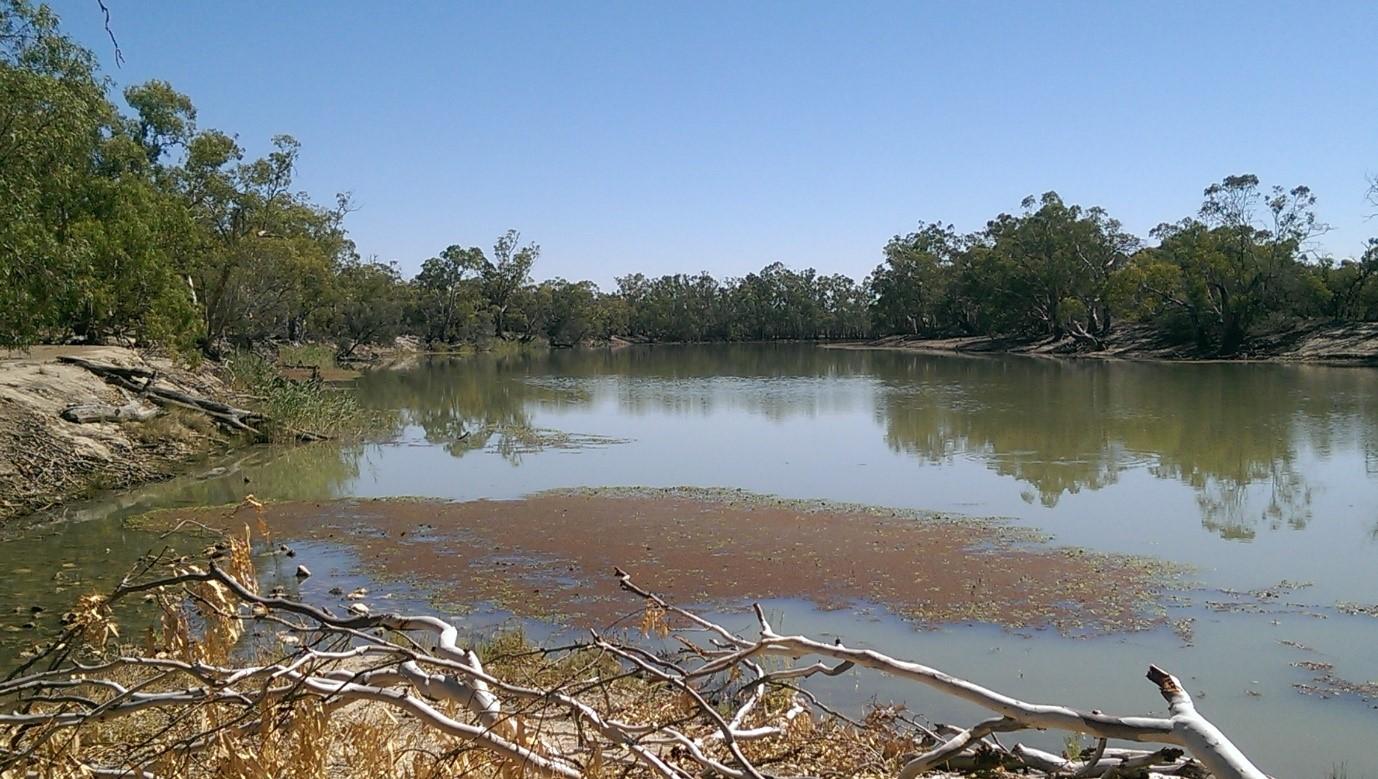Optimising the national benefits from restoring environmental flows
Background and objectives
Over $20 billion has been allocated to the recent round of water reform in Australia’s Murray-Darling Basin (MDB). The MDB Plan (Plan) proposes to obtain up to 3,200GL of water for the environment and the theory behind common property suggests that the nation will be better off. However, the question remains, what is the best way to restore environmental flows to optimise economic, social and environmental benefits?

Currently no economic modelling of the MDB Plan’s implementation exists, and without an informed debate of the feasibility of the strategies that could be implemented, the trade-offs between alternative water users (economic, social and environmental) cannot be determined. Adding complexity to the problem is that the MDB has the second most variable inflows in the world.
Evidence-based, decision makers must understand that water supply variability: is not uniform within a landscape; alters the reliability of water rights; adjusts the trade-offs between all water users; changes the behaviour of all water users; is not a consistent distribution; and that climate change may alter all known information about past water supply.
This research project aims to use such evidence to examine how the national benefits from returning water to the environment in Australia’s MDB could be optimised. The project will enable an economic, social and environmental evaluation of the proposed implementation of the Basin Plan using a variety of economic models, importantly with the capacity to incorporate behavioural response to water supply risk and uncertainty. This research can then contribute significantly to any the reviews of the Basin Plan.
Project partners
Funding: This work is being conducted as part of Dr David Adamson's ARC DECRA Fellowship.
